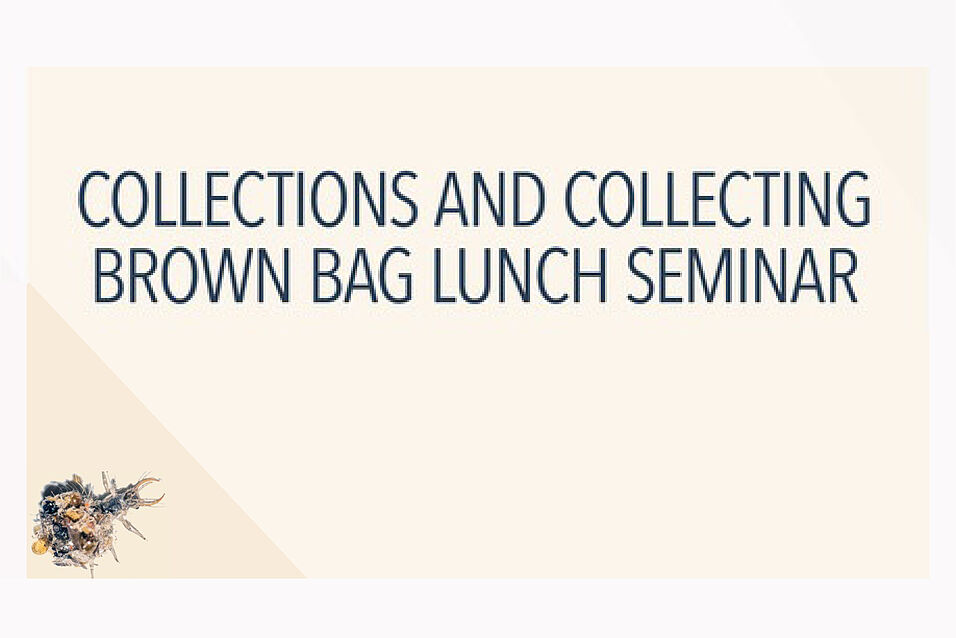Indigenous peoples around the World are now in the process of reclaiming the bodily remains of their ancestors from museums and other scientific institutions. In doing so, they are discovering various kinds of anthropological artefacts which were created using their ancestors’ remains, with the aim of accurately representing what was presumed to be morphologically peculiar about their heads, faces, skulls, brains, or other body parts.
In this talk, I will first say something about how these artefacts constitute a material dimension of the disciplinary formation of anthropology in the Western academy between 1860-1914. I will then discuss the range of reactions Indigenous communities have had on discovering these artefacts, often in the process of repatriating the actual bodily remains of their ancestors.
Paul Turnbull is Professor Emeritus in History and Digital Humanities at the University of Tasmania, and an honorary Professor in heritage and museum studies at the Australian National University. He is known internationally for his research on medico- scientific theft and uses of the bodily remains of Australian and other First Nations peoples, and the history of comparative human anatomy and anthropology in Oceania from the Enlightenment to the early twentieth century. He has also been a pioneer in creating research-based digital resources for Pacific and Australian history and has been instrumental in the creation of the Research, Reconcile, Renew Archive, an online archive assisting Australian and other First Nations communities in locating and repatriating their Ancestors. His publications include Science, Museums and the Collecting of Indigenous Human Remains in Colonial Australia (Palgrave 2018).

